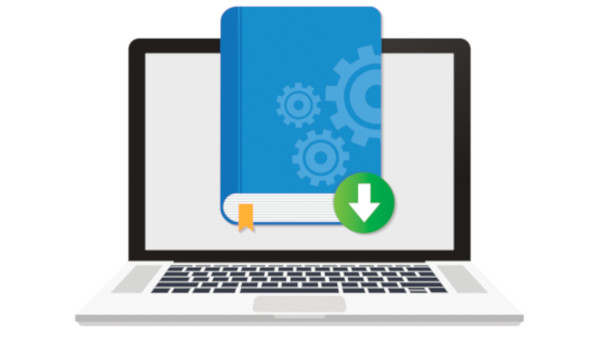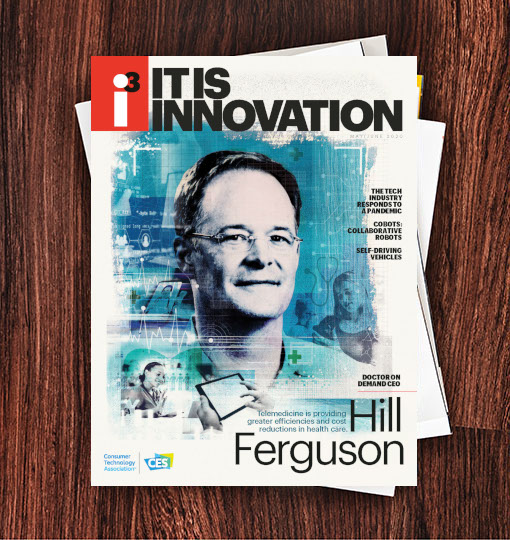For some reason, I always thought that an employee handbook had to be printed as a snapshot in time. We checked with legal and digital is fine. Now, it’s a Google document and we let our team know when there are any changes using the comment tool. It allows everyone to quickly search the document for items, making it more useful than a stack of paper collecting dust. It also saved time printing and distributing the updates every year. Digital handbooks for the win.
Setting the bar on a “Tome Pro” look and feel was the biggest change to our handbook. Being a small business, many people on the team send files to clients and other team members, but they didn’t always know what the company standards were. Previously, we had a template in Google Docs for a few forms and how to access them in a section of The Tome. Now, we have direct links in our handbook, as well as specific requirements. (e.g., always send a PDF, unless a client specifically asks for an editable document. You never know what your non-PDF document is going to look like on the receiving end.)

For small businesses, include brand guidelines such as where to find your latest logo and what your colors are so your team can brand-up all projects. Branding goes beyond the art requirements and includes best practices for things like grammar usage, what to wear and how to show up to a meeting. At Tome, it means leaving the laptop in your bag, your mobile phone in your pocket and always bringing a notebook and pen.
Keeping a list in the handbook of the IT tools for the staff is incredibly handy. We listed all of our tools with links to download or access the software, as well as best practice document links for each tool. Typically, the documents that outline how we use the tools are managed by a separate person on our team. This helps clear things up for everyone, from new employees to senior staff in the company. Also, tools change over time and it’s always good to brush up on best practices. I also found this useful as a reference for annual disaster recovery planning.
The last tip I got from my friend that keeps our handbook up to date and easy to understand, is having every new employee go through our handbook and put in comments about anything that may be unclear. We also ask new employees to provide the top three things or policies they like and the top three they would want to change.

i3, the flagship magazine from the Consumer Technology Association (CTA)®, focuses on innovation in technology, policy and business as well as the entrepreneurs, industry leaders and startups that grow the consumer technology industry. Subscriptions to i3 are available free to qualified participants in the consumer electronics industry.